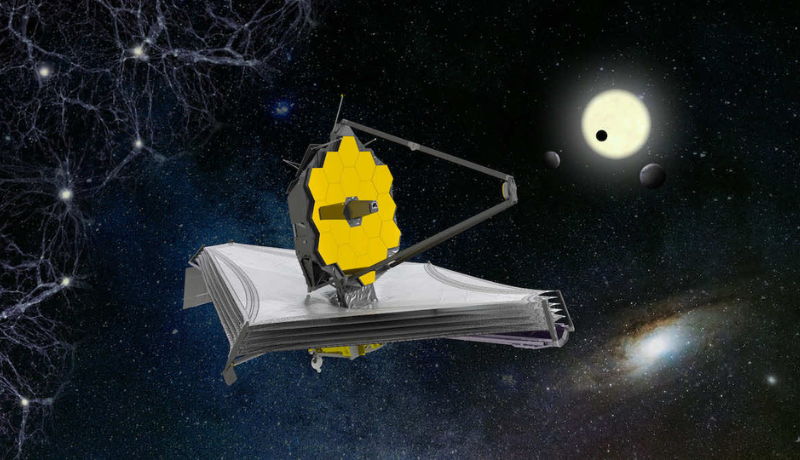
By Nilanjan Dey
The first spectroscopic data and full-color photos taken by the telescope were released by NASA’s Goddard Space Flight Center in Greenbelt, Maryland.
With the release of the first set of images from the James Webb Telescope, astronomy has reached a new high point in terms of space images.
NASA released the first set of images captured by the James Webb telescope in collaboration with the European Space Agency (ESA) and the Canadian Space Agency (CSA) in a televised broadcast of distant galaxies in vast space. Prior to that, one image known as “SMACS 0723” was previewed in a White House Briefing by US President Joe Biden.
The first spectroscopic data and full-color photos taken by the telescope were released by NASA’s Goddard Space Flight Center in Greenbelt, Maryland. These listed targets below represent the first wave of full-color scientific images and spectra the observatory has gathered. This marks the official start of Webb’s general science activities.
Here are the images by NASA from the Webb Telescope

Carina Nebula – This landscape of “mountains” and “valleys” speckled with glittering stars is actually the edge of the Carina Nebula’s nearby, young, star-forming region known as NGC 3324. This image, captured in infrared light by NASA’s new James Webb Space Telescope, reveals previously invisible areas of star birth for the first time.

Stephan’s Quintet – This enormous mosaic, which covers roughly one-fifth of the Moon’s diameter, is Webb’s largest image to date. It has over 150 million pixels and is made up of nearly 1,000 separate image files. Webb’s findings shed new light on how galactic interactions may have influenced galaxy evolution in the early universe.

Southern Ring Nebula – Two stars, which are locked in a tight orbit, shape the local landscape. Webb’s infrared images feature new details in this complex system. The stars – and their layers of light – are prominent in the image from Webb’s Near-Infrared Camera (NIRCam) on the left, while the image from Webb’s Mid-Infrared Instrument (MIRI) on the right shows for the first time that the second star is surrounded by dust. The brighter star is in an earlier stage of its stellar evolution and will probably eject its own planetary nebula in the future.

SMACS 0723 – This image shows the galaxy cluster SMACS 0723 as it appeared 4.6 billion years ago, with many more galaxies in front of and behind the cluster. Much more about this cluster will be revealed as researchers begin digging into Webb’s data.
